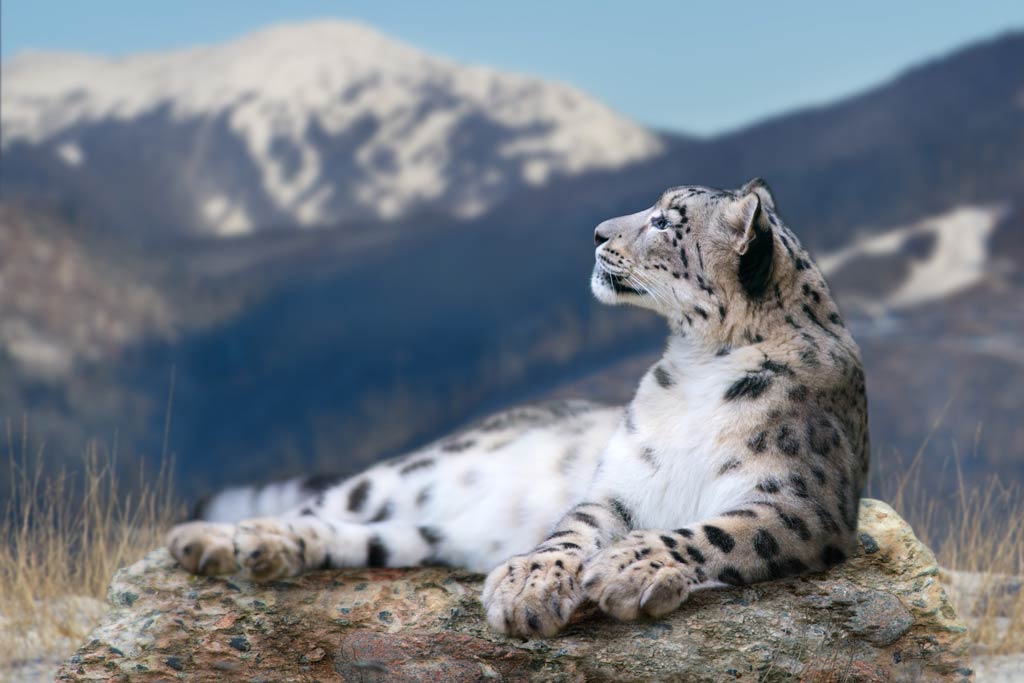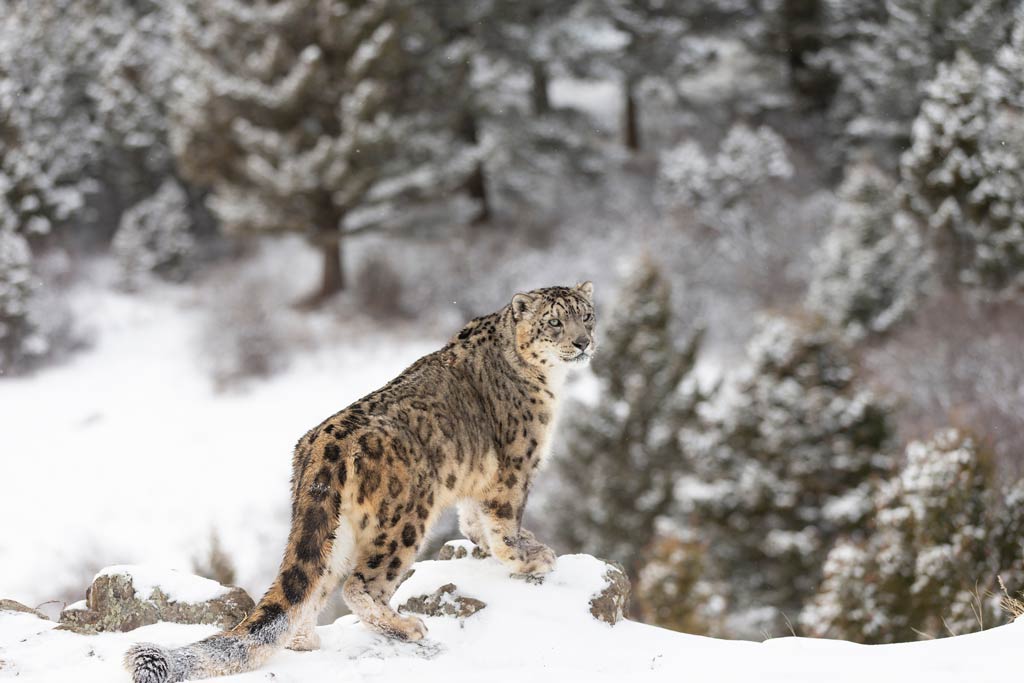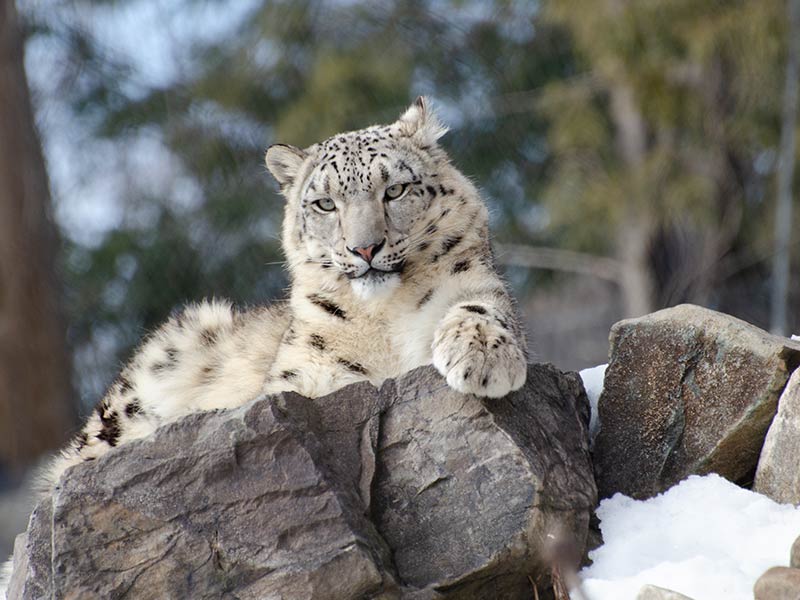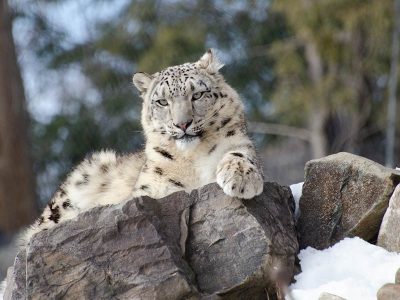It lives secluded at 2,700 and 5,000
meters above sea level, is a loner and master of camouflage: The snow leopard, also known as the Irbis, is rightly called the “ghost of the mountain” by the locals. In some areas, the big cats are even considered sacred and are said to protect ancient deities. But that's not the only thing that makes him something very special: he also stands out among the big cats with his physique. Because alongside Armur tigers and Armur leopards, snow leopards are the only big cats that can cope with extreme temperatures of up to minus 40 degrees. to owe
Among other things, they do this to their enlarged nasal cavities, which warm the cold mountain air before it reaches the lungs. Their large, hairy paws work like snowshoes in the snowy region and also protect their soles from the cold. Its bushy tail, almost a meter long, helps it balance during long jumps. At the same time, it also serves as a warming scarf that snow leopards can wrap around their bodies. The grey-beige mottled fur offers optimal camouflage both between rocks and in the snow. The coat pattern is individual for each animal.

Fun Fact: Contrary to what their name might suggest, snow leopards are not leopard species! Also, genetic research in the 2000s showed that the big cats belong to the panther cat family. Until then, snow leopards formed a separate genus within the big cats.
Purring like a house cat
differ from other big cats not only in their physique
, but also in their roar.
Because unlike tigers, lions and Co., the spirits of the mountains cannot roar because their larynx is shaped differently. Their call is a long, drawn-out howl that was once thought to be the scream of the legendary yeti. They can also purr just like our domestic furry friends and have other things in common with ours
Domestic Cats: Snow leopards are solitary animals, have a preference for elevated vantage points and like to play. Unlike our velvet paws, however, the big cats still have to hunt for their own food. Their diet mainly consists of hoofed animals such as ibexes or blue sheep, but their prey also includes marmots and larger birds. The prey can be up to six times as heavy as the snow leopard itself.

Hunted and threatened
Snow leopards are one of the most endangered big cats on earth and are listed as “Vulnerable” on the IUCN Red List. It is estimated that around 4,200 to 6,400 animals still live in the wild (as of 2017), but studies on the population size are difficult due to their withdrawn lifestyle. Hunting of snow leopards has been banned in most countries in its range since the 1970s, but their pelts and bones are still traded at high prices on the black market. Their bones in particular are considered very valuable and are used in traditional Chinese medicine to alleviate symptoms such as rheumatism or broken bones. They are said to have warming properties and anti-inflammatory effects, the medicinal effectiveness of wildlife products such as
Bones or horns, however, is highly controversial.
In traditional Chinese medicine, on the other hand, the medical effect often plays a secondary role. More important is the belief that the characteristics of the living being can be transferred to the consumer. In addition to poaching, snow leopards are increasingly threatened by conflicts with native animals. Because goats, yaks and other domestic and farm animals are also on the menu of the big cats. Ever-growing human settlements are severely restricting the snow leopard's hunting grounds, so that they increasingly eat farm animals in order to survive. Large animal protection and environmental organizations such as WWF and NABU are committed to the preservation of snow leopards and educate the local population about the big cats. Thanks to so-called "anti-poaching units", the hunt for the spirits of the mountains has been significantly reduced in recent years.







